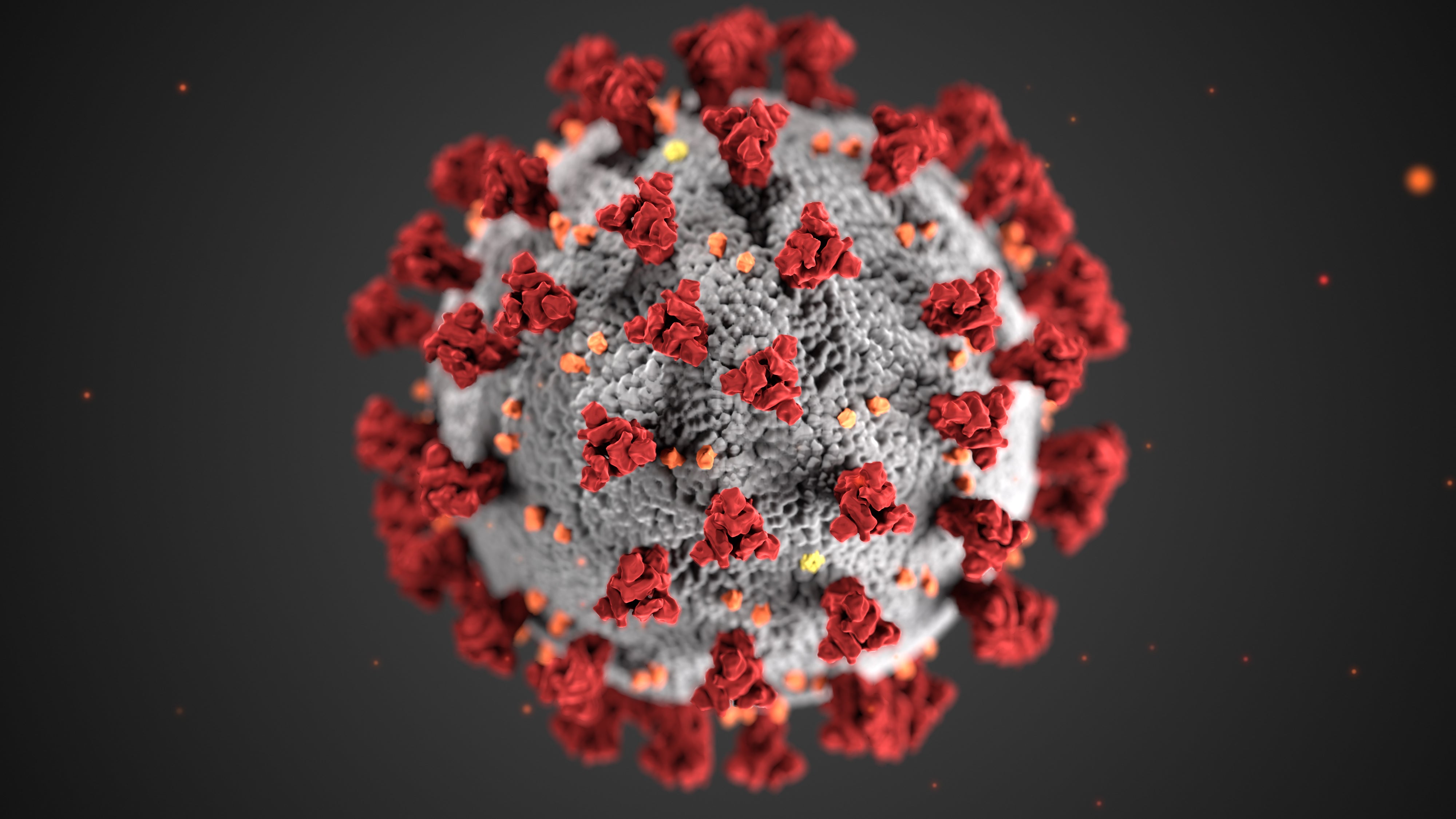Nitrates: Soft solution to a serious problem
Published 5:41 am Tuesday, January 21, 2020
The Free Press, Mankato
Distributed by Tribune Content Agency, LLC.
While state leaders have finally addressed the serious problem of nitrates in drinking water, the solutions seem soft and include loopholes that will likely leak pollution.
After several years of debate, Minnesota’s Groundwater Protection rule will be implemented this year. It restricts farmers from applying nitrogen fertilizer in the fall where it has the biggest risk of contaminating water supplies, wells and waterways.
Nitrates are a risk to human health, can cause cancer and in infants can cause “blue baby syndrome.”
The Department of Agriculture has created a map of the state where the restriction will be in place. Most of the restricted areas are north central Minnesota and a wide swath along the state’s border with Wisconsin from the Twin Cities to the Iowa border. Restricted areas in South Central Minnesota include land along the Minnesota River and significant portions of Brown County.
Those targeted areas are considered more susceptible to nitrate contamination as the soils are more prone to leaching.
Farmers initially fought the initiative but later realized that everyone needs to have clean and safe drinking water and have been more receptive to the rules and implementing best practices for nitrogen management.
But enforcement will be nearly non-existent. There will be no tracking of when farmers are applying fertilizer and the system seems dependent on farmers’ good faith to follow the rules.
Environmentalists also believe the rule is only a move in the “right direction” but falls short in many ways. The Environmental Working Group released a report this month showing one in eight Minnesotans, about 500,000 people, get water from a source contaminated with dangerous levels of nitrates.
The final rule on nitrates doesn’t include restrictions on manure application, which is often used by farmers as a source of nitrogen. The area covered by the rules is also only about 13 percent of the farmland in the state, and it doesn’t cover land around private wells where contamination can occur, according to Anne Weir Schechinger, senior economic analyst with the EWG.
The “voluntary” system of compliance will eventually give way to more mandates. That’s good news. We also hope enforcement mechanisms can be tightened. The Department of Agriculture should also ensure farmers get education and training on best practices.
Safe drinking water is a non-partisan issue that shouldn’t yield to parochial interests.



